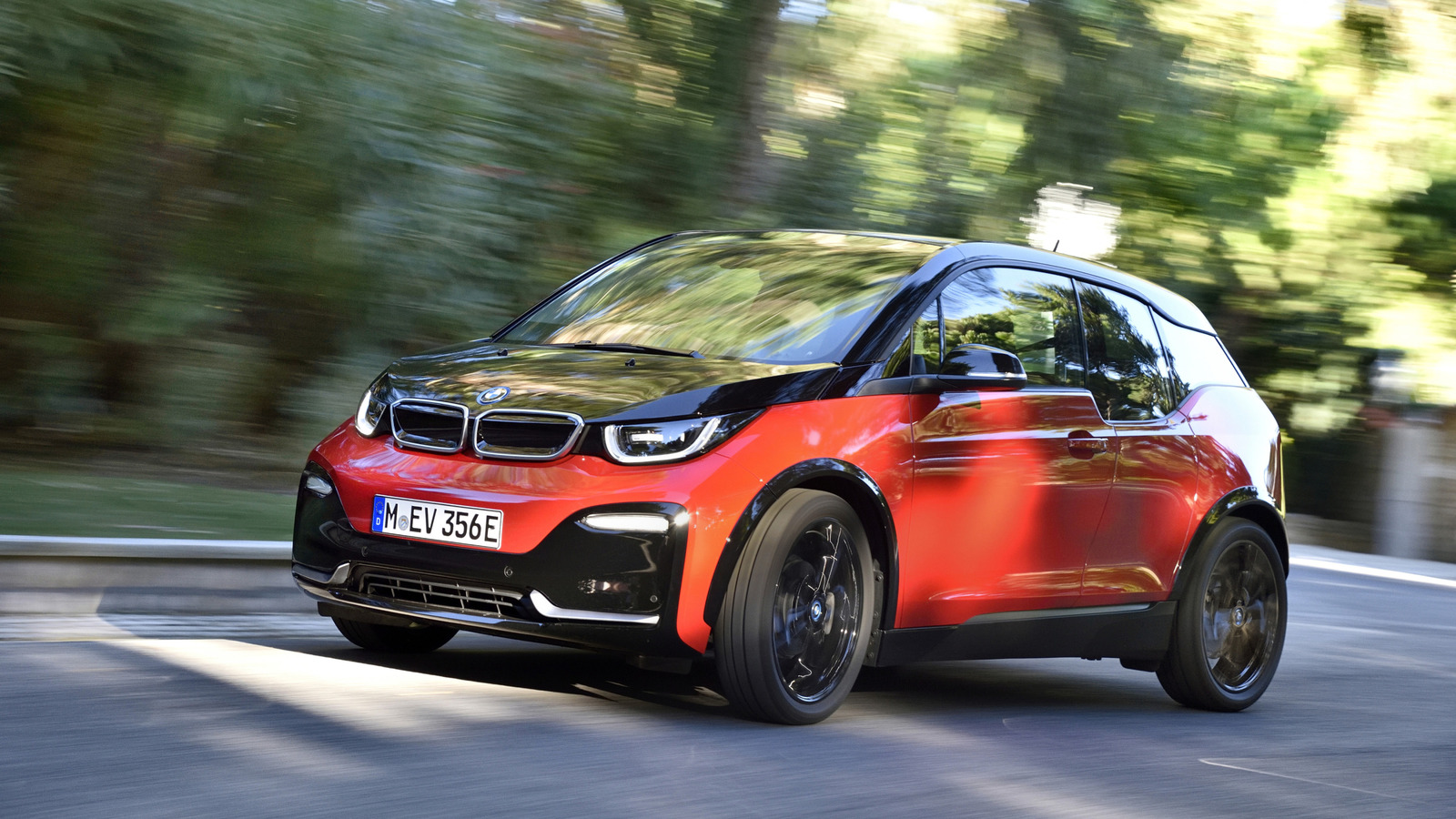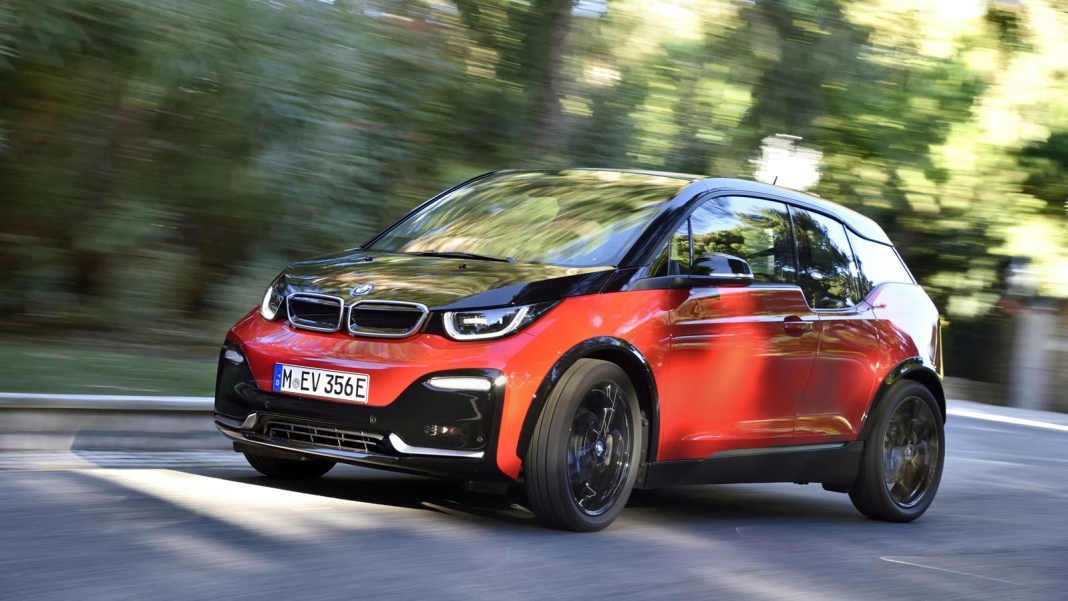What Should You Know Before Buying a High-Mileage Electric Vehicle?
So, you’re eyeing a used electric vehicle with a lot of miles on the odometer. Maybe the price is tempting, or maybe you’re just curious if these cars can really go the distance. Either way, there’s a lot to unpack before you sign on the dotted line. Let’s break down what matters most when considering a high-mileage EV, and how to make sure you’re getting a solid deal—not a future headache.
How Does Battery Health Affect a High-Mileage EV’s Value?
The battery is the heart of any electric vehicle, and its condition is the single biggest factor in determining how much life your high-mileage EV has left. Unlike gas cars, where engine wear and tear is the main worry, EVs live and die by their battery packs. Over time, all lithium-ion batteries lose capacity—it’s just chemistry. But how much they degrade depends on a few things: charging habits, climate, and how the car’s been driven.
Recent studies from the Department of Energy show that most EV batteries lose about 2-3% of their capacity per year. That means a five-year-old EV might have lost 10-15% of its original range, especially if it’s racked up a lot of miles. Some models fare better than others—Tesla’s batteries, for example, are known for holding up well, while early Nissan Leafs (which lacked active cooling) tend to degrade faster in hot climates.
Here’s the trick: Always ask for a battery health report. Many dealerships can provide one, or you can use third-party tools like LeafSpy or TeslaFi to check battery stats yourself. If the range has dropped more than 20% from new, think twice—replacement batteries can cost thousands.
Are Maintenance Costs Really Lower for High-Mileage EVs?
One of the big selling points for EVs is their simplicity. No oil changes, fewer moving parts, and less wear on brakes thanks to regenerative braking. But does that hold up when you’re looking at a car with 100,000 miles or more?
Generally, yes. A 2023 Consumer Reports study found that EV owners spend about half as much on maintenance and repairs over the first 150,000 miles compared to gas car owners. But there are a few exceptions. High-mileage EVs may need new tires more often due to their heavier weight. Suspension components can wear out, especially if the car’s seen rough roads. And don’t forget about the cooling system for the battery—if it’s not working properly, battery life can take a hit.
Pro tip: Ask for service records. Look for evidence of regular battery coolant changes, brake fluid flushes, and tire rotations. If the car’s been neglected, even an EV can rack up big repair bills.
How Do Charging Habits and History Impact Long-Term Reliability?
Not all miles are created equal. How the previous owner charged the car can make a big difference in battery longevity. Frequent use of DC fast chargers (think: road trips and highway rest stops) can speed up battery degradation compared to regular Level 2 home charging. Extreme charging cycles—constantly running the battery to empty, then charging to 100%—aren’t great either.
If you can, ask the seller about their charging routine. Did they mostly charge at home? Did they avoid topping up to 100% unless necessary? These little habits add up over time. Some EVs, like the Chevy Bolt and Hyundai Kona Electric, have built-in battery management systems that help mitigate damage, but owner habits still matter.
What About Warranty Coverage on High-Mileage EVs?
Here’s some good news: Most EVs come with generous battery warranties, often covering 8 years or 100,000 miles (sometimes more). Even if the car is out of its basic warranty, the battery might still be protected. But read the fine print—some warranties only cover total battery failure, not gradual range loss.
If you’re buying from a dealer, ask if there’s any remaining battery warranty and whether it’s transferable. For private sales, get the VIN and call the manufacturer to check coverage. If the warranty’s expired, factor in the potential cost of a replacement pack when negotiating the price.
How Does High Mileage Affect Resale Value and Future Costs?
Let’s be honest: High-mileage EVs depreciate faster than their low-mileage siblings. Part of that is fear—buyers worry about battery replacement costs. But if you’re planning to keep the car for a few years, you can use this to your advantage. The steepest depreciation usually happens in the first few years, so a high-mileage EV can be a bargain if the battery’s still healthy.
Keep in mind, though, that resale value will continue to drop, especially as newer models with longer ranges and faster charging hit the market. If you’re thinking long-term, budget for the possibility of a battery replacement down the road, or plan to drive the car until it’s truly at the end of its useful life.
What’s the Real-World Experience of High-Mileage EV Owners?
Talk to folks who’ve actually driven their EVs into the six-figure mileage club, and you’ll hear a mix of stories. Some Tesla Model S owners report over 200,000 miles with minimal battery loss and few repairs. Others, especially those with first-generation Leafs or Bolts, have seen range drop-offs that make daily driving a challenge.
One thing’s clear: Regular maintenance, smart charging habits, and a bit of luck go a long way. Join online forums or local EV groups to get a sense of how specific models hold up over time. Real-world anecdotes can be just as valuable as any spec sheet.
The big takeaway? Shopping for a high-mileage EV isn’t about perfection—it’s about smarter adjustments. Start with one change this week—maybe learning to read a battery health report or asking better questions at the dealership—and you’ll likely spot the difference by month’s end.


